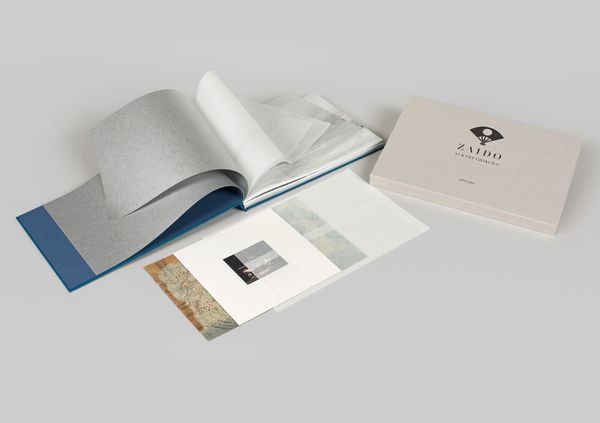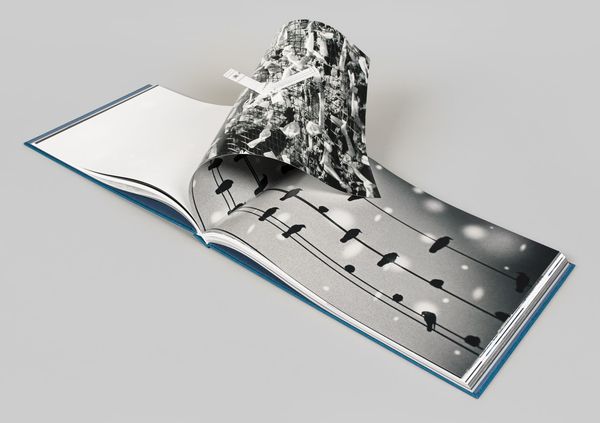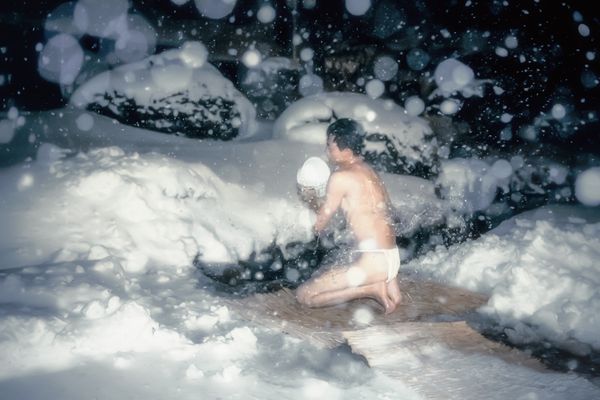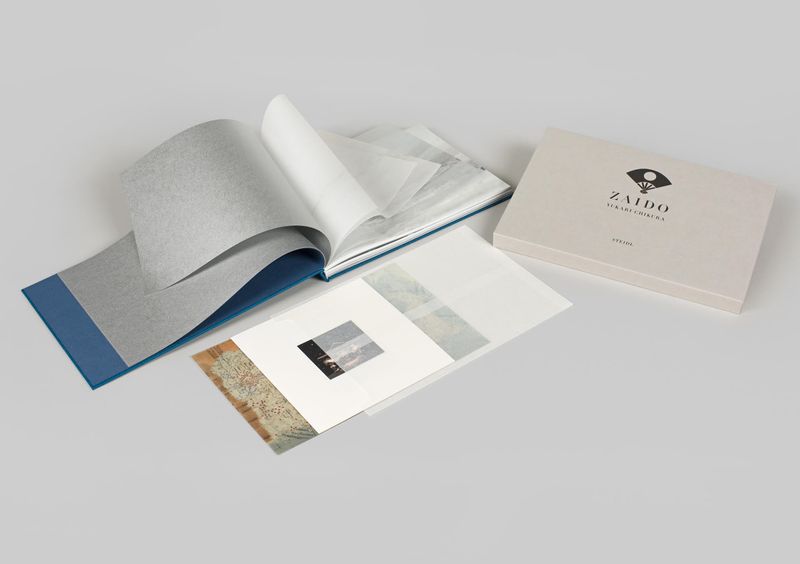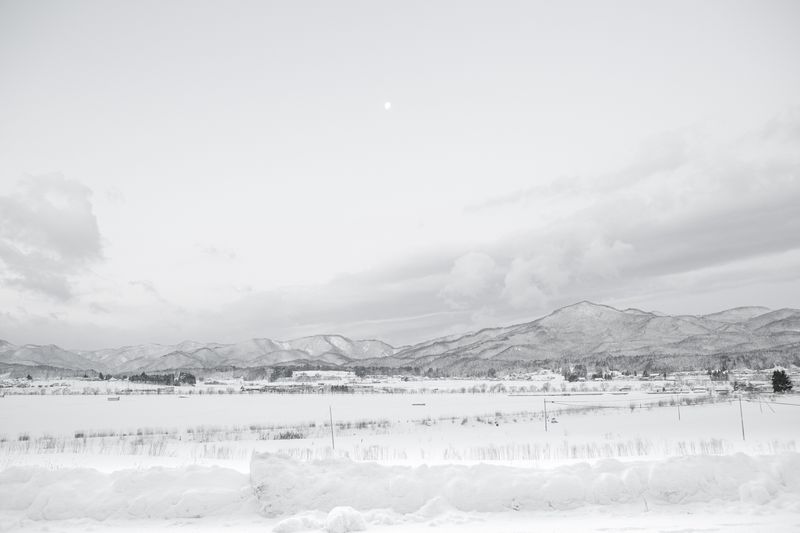Exorcising Her Father’s Death in Dance and Snow
-
Published23 Dec 2020
-
Author
Zaido is surely one of the most beautiful books of the year. It references the death of Yukari Chikura’s father in a multi-chaptered, multi-textured dream of a book through local folk tales, mythology, and dance. It’s a Winter Journey of a book where portents of death reference multiple layers of Japanese photo history.
Zaido is surely one of the most beautiful books of the year. It references the death of Yukari Chikura’s father in a multi-chaptered, multi-textured dream of a book through local folk tales, mythology, and dance. It’s a Winter Journey of a book where portents of death reference multiple layers of Japanese photo history.
Zaido is a book with multiple elements. There’s the death of Chikura’s father. That provides the personal and psychological element which triggers the journey into the north of Japan and frames the symbolic elements of the book. And then there is the visual element of the winter festivals, rituals, and dances based on the story of Danburi-choja or the dragonfly millionaire that Chikura is propelled to visit and photograph in her state of grief. These images are opulent, National Geographic in photobook form, the visual pleasure accentuated by some inventive post-production.
There are two more elements you can add. It was originally made as a handmade book at Reminders Photography Stronghold in Tokyo. This comes with a visual and design heritage that means Zaido is super wide, comes in a slipcase, uses multiple papers, is visually dense, and has significant add-ins like a glassine bag containing a map of her journey, a ‘fortune paper’ (‘inserted, folded by the artist, for the health and happiness of the reader, one at a time’) laid on top of an image of multiple fortune papers, and a white card sheet on which you can view the series of images in the book that are printed on translucent paper. It’s a tactile treat that invites you to touch, to turn, to look, and to linger.
Finally, it contains multiple references to the history of both Japanese photography and photobook design, whether deliberately or accidentally. The idea of the road journey to the north to catharise grief and misfortune links to the best work of Araki, Moriyama, or Fukase, and you can see further visual references to that heritage in high contrast black and white images of birds on a wire. The immersion in old Japanese culture, and winter, in particular, draws the eye to Hiroshi Hamaya’s Snow Country, his lyrical essay on Japanese rurality and pre and post-war ideas of Japaneseness.
The book is a pilgrimage in a sense. In the afterword of the book, Chikura talks of her father’s death from blood cancer, of a severe accident she suffered, and of the devastation that Japan suffered in the Tohuku Earthquake. Her struggle to come to terms with these setbacks was resolved when her father came to her in a dream. “Go to the village hidden in deep snow where I lived long ago,” he told her. And so she did.
But she didn’t just go to her father’s village, she went to a whole series of villages where ancient rituals take place during the Zaido festival, a festival dedicated to the ancient legend of Danburi-Choja, or the Dragonfly Millionaire. The story of Danburi-Choja is told in a pamphlet inserted into the glassine bag and it’s a basic one; a poor couple are guided to a magical healing sake spring by a dragonfly and so make their fortune. And that’s what the Zaido festival celebrates.
And that’s where most of the images in the book come from; from the processions, purifications, rituals, and dances that take place during this festival. They are beautifully photographed, with a little post-production punching them off the immaculately printed page.
Other images show a more lyrical view of the countryside, of the snow, of the winter. There are images of barren branches against snow, wide views of snowbound villages, and high-contrast images of snow flurries set against mountain lakes, with the flashlit snowflakes and snowflake-ish shapes glowing off the page like a Tokihiro Sato creation.
There are really two more books in that paragraph alone, two very different books from the high-end opulence of Zaido, and perhaps that is perhaps the one drawback of this book if you are of an ascetic bent; there’s too much to take in, and the transition from the handmade to the clinical high production values of Steidl adds to that idea of excess. But who cares when it looks as good as this. It’s a beautiful book and if you want to get anyone a late seasonal photobook present, Zaido makes the perfect gift.
---------------
Zaido by Yukari Chikura
Published by Steidl in 2020 // 164 pages, 69 images // 35 x 23.2 cm
Four-colour process // Clothbound in slipcase
---------------
Yukari Chikura is a Japanese photographer with a background in the music industry where she worked as a composer and programmer. Her work has been published in the New York Times and is held in collections including the Bibliothèque nationale de France in Paris and the Griffin Museum of Photography in Winchester, Massachusetts. Chikura has been honored at the LensCulture Emerging Talent Awards, the International Photography Awards, Critical Mass and the Sony World Photography Awards, among others.
Colin Pantall is a photographer, writer and lecturer based in Bath, England. His latest book, All Quiet on the Home Front, focuses on family, fatherhood and the landscape. Follow him on Twitter and Instagram.
